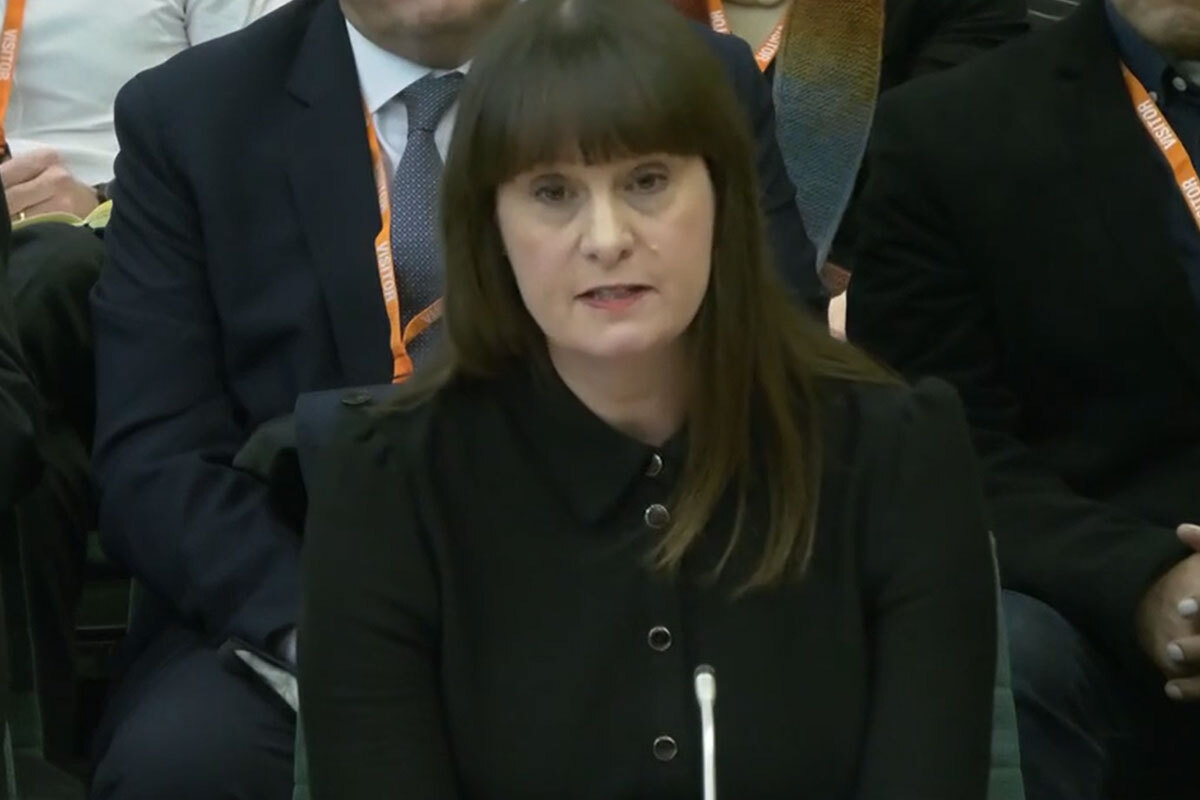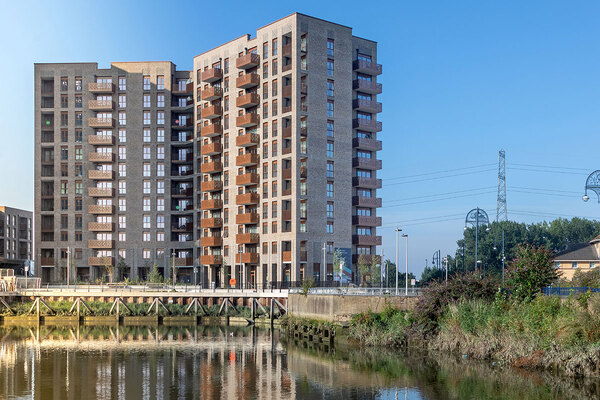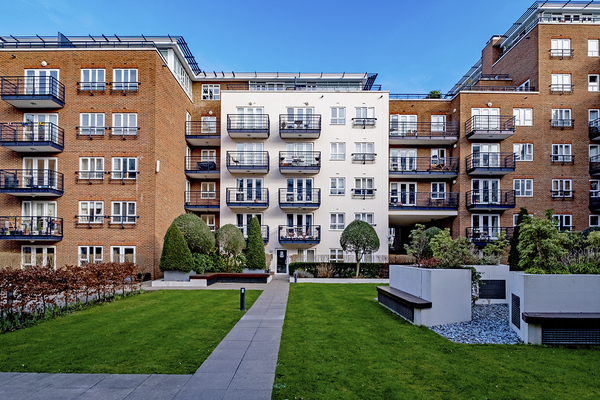You are viewing 1 of your 1 free articles
For-profit providers address concern highlighted by NHF over ‘wholesale privatisation’ of sector idea
For-profit housing providers said private investment has an important role to play in tackling the housing crisis, after the head of the National Housing Federation (NHF) warned against the “wholesale privatisation” of the sector.

Kate Henderson, the chief executive of the NHF, told a parliamentary select committee last week that for-profit providers were not “the answer to the social housing crisis” and warned against the privatisation of housing association homes.
She told MPs: “There is some talk right now around wholesale privatisation of housing association homes, and I think we would just strongly oppose that.
“Those homes have substantial investment needs in things like safety, quality, energy efficiency, and we just don’t see how you’d be able to extract the profits there.”
She noted that housing associations already had £130bn worth of debt facilities in place, but said she “didn’t think a for-profit provider is the answer to the social housing crisis”.
Ms Henderson added: “It can be quite tempting to reach for, thinking there’s an easy solution, a wall of private investment that’s going to come in and solve the housing crisis.
“It’s really important that social housing sits either with a public landlord or a not-for-profit landlord for the benefit of current and future tenants, rather than a driver to increase returns to a shareholder.”
Legal & General (L&G) and Sage Homes told Inside Housing they were “an absolutely key plank” of new affordable housing delivery, adding that they played “a crucial role” alongside public money.
It is understood that Ms Henderson was referring to a November post on media platform Substack by Sir John Kingman, chair of L&G, which suggested the idea of large-scale transfers of housing association properties to private investors to help fund new development.
Sir John said: “Housing associations have assets which are worth something of the order of £200bn, on the basis of existing social rents in perpetuity. Meanwhile, there is debt of around only £100bn on housing association balance sheets.
“The way to unlock this gap would be to transfer the existing assets to private investors on the basis of tightly regulated perpetual social rental obligations. Insurers and pension funds would lap these up.
“This would leave housing associations with huge new cash reserves which they could then invest.”
Asked for a response to Ms Henderson’s comments, Simon Century, head of capital investing at L&G, said: “Housing associations have played an enormous role in delivering affordable housing for decades and will continue to play a pivotal part. However, they face huge financial pressures that have severely limited their capacity to deliver on the scale that is needed.
“Investing people’s pensions has helped to fill this gap in recent years, becoming an absolutely key plank of new social and affordable housing delivery. In most cases, these pensions, whether they’re public sector, local government schemes or individuals, are being channelled through so-called for-profit registered providers.
“With a need for 145,000 affordable homes a year, housing associations cannot meet the shortfall the country faces alone – our 2024 research put their maximum sustainable output to be at best at around 40,000 units a year, even with a longer-term rent settlement and a renewed affordable housing grant programme.
“We now need to face into the reality of this situation together, building a unified long-term strategy and treating housing as the long-term infrastructure the country needs. Delivery of that strategy will take huge collective action from all like-minded participants, whether private housing associations and pension funds or public local authorities and government.”
Mr Century said failing in this collective effort to drive investment into the sector “will continue to leave behind millions of those either on social housing waiting lists or struggling to get on the housing ladder”.
Mark Sater, chief executive of Sage Homes, said: “The best way to address the undersupply of affordable housing is through collaboration and innovation between government, the housing sector and private investors.
“For-profit [registered providers] play a crucial role in providing the investment needed to deliver social and affordable housing at scale, without placing a significant burden on public money.
“As England’s largest provider of newly built affordable housing for the last four years and having delivered 18,500 affordable homes to date, Sage Homes is the best example of this model working and benefiting thousands of people across the country.”
Sage also pointed out that all for-profit registered providers are regulated by the Regulator of Social Housing in the same way as housing associations, and that the cost of delivering the government’s boost to social and affordable housebuilding “would extend into the billions”.
Sign up for our development and finance newsletter
Already have an account? Click here to manage your newsletters











